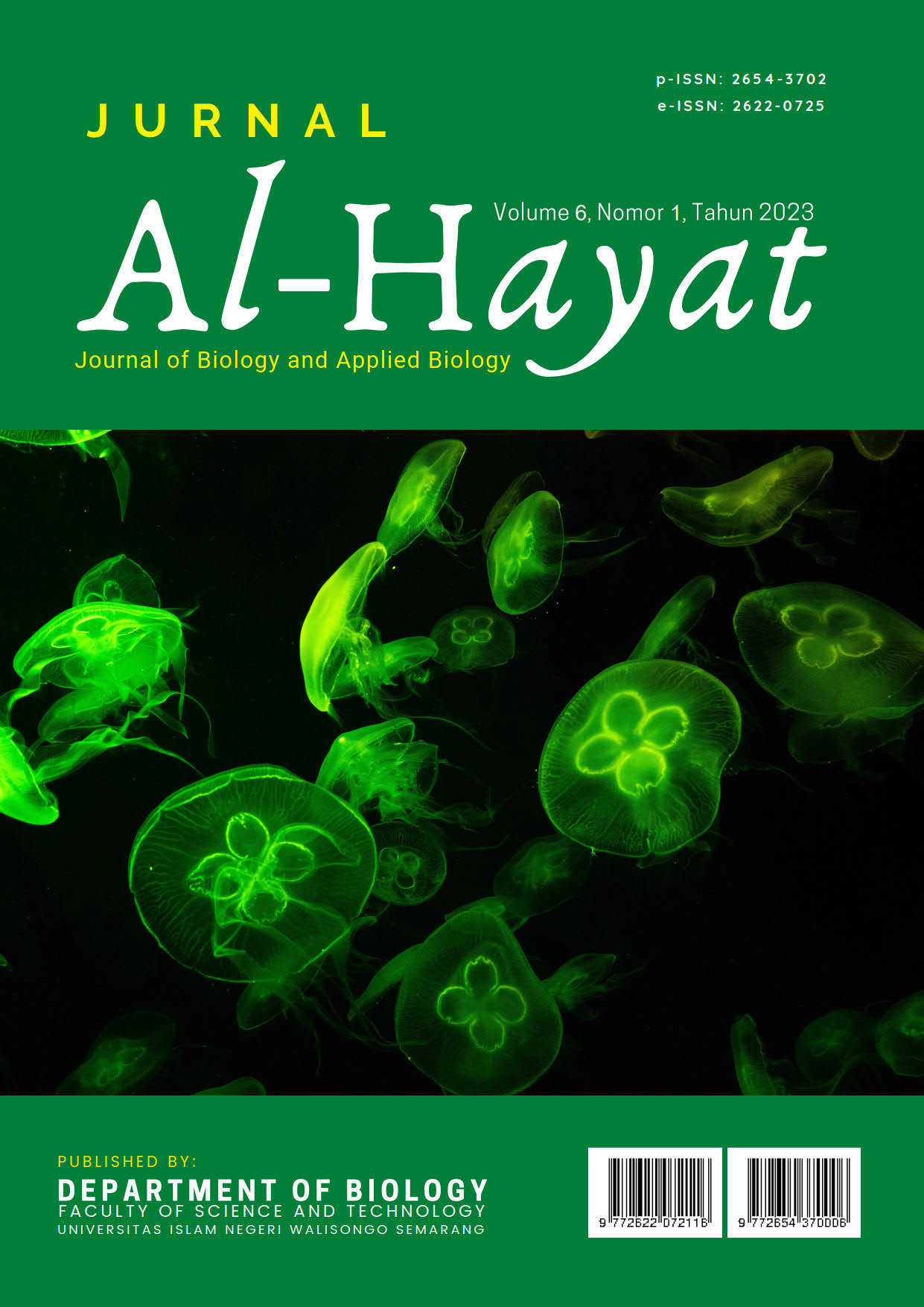Time-Series Analysis of Malaria Cases Among Suspected Febrile Patients Attending a Peri-Rural Health Centre Between February 2020- January 2021
Main Article Content
Abstract
Downloads
Article Details
The copyright of the received article shall be assigned to the journal as the publisher of the journal. The intended copyright includes the right to publish the article in various forms (including reprints). The journal maintains the publishing rights to the published articles. Authors are allowed to use their articles for any legal purposes deemed necessary without written permission from the journal with an acknowledgment of initial publication to this journal.
The work under license Creative Commons Attribution-ShareAlike 4.0 International License.
References
Abdulraheem, M. A., Ernest, M., Ugwuanyi, I., Abkallo, H. M., Nishikawa, S., Adeleke, M., Orimadegun, A. E., & Culleton, R. (2021). High prevalence of Plasmodium malariae and Plasmodium ovale in co-infections with Plasmodium falciparum in asymptomatic malaria parasite carriers in southwestern Nigeria. International Journal for Parasitology. https://doi.org/10.1016/j.ijpara.2021.06.003
Adeboye, N. O., Abimbola, O. V., & Folorunso, S. O. (2019). Malaria patients in Nigeria: Data exploration approach. Data in Brief, 28, 104997. https://doi.org/10.1016/j.dib.2019.104997
Ajakaye, O. G., & Ibukunoluwa, M. R. (2020). Prevalence and risk of malaria , anemia and malnutrition among children in IDPs camp in Edo State , Nigeria. Parasite Epidemiology and Control, 8, e00127. https://doi.org/10.1016/j.parepi.2019.e00127
Awosolu, O. B., Yahaya, Z. S., Farah Haziqah, M. T., Simon-Oke, I. A., & Fakunle, C. (2021). A cross-sectional study of the prevalence, density, and risk factors associated with malaria transmission in urban communities of Ibadan, Southwestern Nigeria. Heliyon, 7(1), e05975. https://doi.org/10.1016/j.heliyon.2021.e05975
Ayorinde, A. F., Oyeyiga, A. M., Nosegbe, N. O., & Folarin, O. A. (2016). A survey of malaria and some arboviral infections among suspected febrile patients visiting a health centre in Simawa, Ogun State, Nigeria. Journal of Infection and Public Health, 9(1), 52–59. https://doi.org/10.1016/j.jiph.2015.06.009
Chanda-Kapata, P., Chanda, E., Masaninga, F., Habluetzel, A., Masiye, F., & Fall, I. S. (2014). A retrospective evaluation of the quality of malaria case management at twelve health facilities in four districts in Zambia. Asian Pacific Journal of Tropical Biomedicine, 4(6), 498–504. https://doi.org/10.12980/APJTB.4.2014C153
Edosomwan, E. U., Evbuomwan, I. O., Agbalalah, C., Dahunsi, S. O., & Abhulimhen-Iyoha, B. I. (2020). Malaria coinfection with Neglected Tropical Diseases (NTDs) in children at Internally Displaced Persons (IDP) camp in Benin City, Nigeria. Heliyon, 6(8), e04604. https://doi.org/10.1016/j.heliyon.2020.e04604
Hassen, J., & Dinka, H. (2020). Retrospective analysis of urban malaria cases due to Plasmodium falciparum and Plasmodium vivax: the case of Batu town, Oromia, Ethiopia. Heliyon, 6(3), e03616. https://doi.org/10.1016/j.heliyon.2020.e03616
Merrick, B., Lambert, J., & Schmid, M. L. (2019). A UK single-centre retrospective analysis of malaria diagnostics. Clinical Infection in Practice, 1, 100005. https://doi.org/10.1016/j.clinpr.2019.100005
Oboh, M. A., Singh, U. S., Antony, H. A., Ndiaye, D., Badiane, A. S., Ali, N. A., Bharti, P. K., & Das, A. (2018). Molecular epidemiology and evolution of drug-resistant genes in the malaria parasite Plasmodium falciparum in southwestern Nigeria. Infection, Genetics and Evolution, 66, 222–228. https://doi.org/10.1016/j.meegid.2018.10.007

